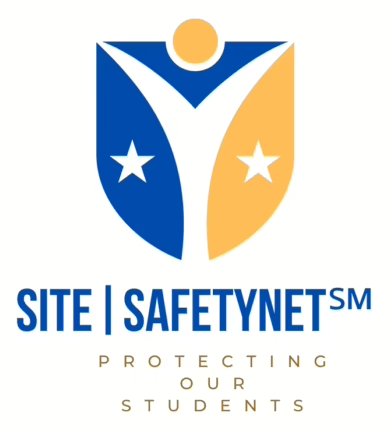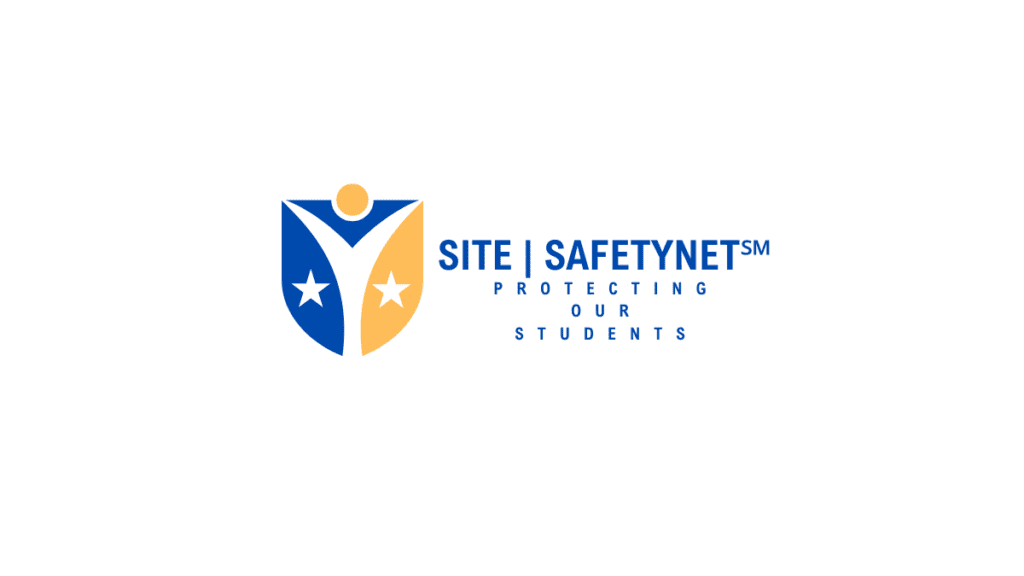 Protecting Our Students
Protecting Our Students
Robert Jordan
In today’s world, ensuring the safety of our schools involves more than just hiring security personnel or installing metal detectors. It requires a comprehensive approach that includes effectively managing access to school premises. One often overlooked aspect is the management of physical keys. As the founder of SITE|SAFETYNET℠, I emphasize the critical need for robust key control policies in schools to safeguard students, staff, and assets.
Understanding Key Control in Schools
Key control refers to managing and monitoring the physical keys that unlock classrooms, offices, and other secure areas within a school. With the typical school housing hundreds to thousands of keys, the potential for security breaches increases if these keys are not correctly managed. Implementing a systematic approach to key control is essential, ensuring that keys are only accessible to authorized personnel and are tracked meticulously.
The Impact of Effective Key Management
A well-implemented key control policy can significantly enhance school security by:
- Preventing Unauthorized Access: By controlling who has access to keys, schools can prevent unauthorized personnel and intruders from gaining access to sensitive areas, thus protecting students and staff.
- Enhancing Accountability: Electronic key management systems can record who took a key, when it was taken, and when it was returned, providing an audit trail that enhances accountability among staff.
- Reducing Costs and Liabilities: Effective key management reduces the likelihood of lost keys and the subsequent costs of replacing locks and keys, which can be significant.
- Compliance and Safety: With regulations like the Family Educational Rights and Privacy Act (FERPA), schools are under scrutiny to protect student information and ensure their facilities are secure. A key control policy helps in meeting these regulatory requirements.
Developing a Comprehensive Key Control Policy
Creating a key control policy involves several critical steps:
- Defining Purpose and Objectives: Clearly state the goals of your key control policy. This might include securing physical assets, complying with safety regulations, and swiftly executing emergency protocols.
- Assigning Responsibilities: Designate individuals such as the superintendent, security managers, and other relevant staff responsible for key management oversight. Their roles should include regular audits, policy enforcement, and updates.
- Establishing Rules and Procedures: Set strict guidelines for key usage, storage, and return. For instance, keys should never leave school property and should always be stored securely when not in use.
- First Responder Access: Establish clear protocols for first responders to gain quick access to keys during emergencies, which is crucial for rapid response in crises.
- Training and Communication: Regularly train staff on the importance of key control and ensure they know the procedures and their roles within the system.
- Ongoing Review and Improvement: The key control policy should be a living document, regularly reviewed and updated based on new security technologies, changes in school infrastructure, and feedback from stakeholders.
Conclusion
Incorporating a key control policy is not just about enhancing security; it’s about creating a controlled environment where the safety of students and staff is prioritized. As educational institutions face security challenges, implementing such policies will play a crucial role in reacting to threats and proactively preventing them.
For more insights on implementing effective security measures in your educational institution, visit SITE|SAFETYNET℠. Our solutions ensure that schools can focus on education while we take care of their safety.
Integrating a key control system into your school’s security strategy ensures a safer environment for everyone, demonstrating a commitment to safety and proactive management. Remember, the goal of key control is to protect doors and safeguard the future that walks through them every day.
Understanding and Managing Today’s Visitors: The Future of Visitor Management in K-12 Schools
Strengthening School Security with Advanced Access Control Systems

 Protecting Our Students
Protecting Our Students